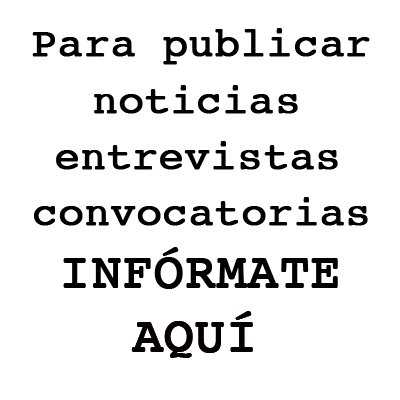
Before you decide whether to ignore it or not, let’s uncover what this pesky E1 code is trying to tell you. Understanding the underlying issue is the first step towards deciding the best course of action. If you’ve ever had a friend with car trouble who just turned up the radio to drown out the noise, you know avoiding the problem tends to make it worse. So let’s dive into what an error code E1 means for your trusty microwave companion.
Understanding Error Code E1 in Samsung Microwaves
Error code E1 in Samsung microwaves is a sign that there’s a malfunction related to the temperature sensor. Imagine it a bit like your body’s internal thermostat, which helps regulate temperature. If it’s on the fritz, the microwave can’t accurately gauge how hot things are getting inside. This can cause undercooked or overheated food, which is not just inconvenient but can also be unsafe.
When this sensor isn’t working right, it’s like trying to bake with a broken oven thermometer. You might think everything is fine, only for your cake to come out burnt on the outside and raw in the middle. In the case of the microwave, ignoring this sensor issue means the device might not regulate heat properly, potentially damaging your appliance or even causing it to shut down mid-operation.
So, what’s actually happening inside the microwave when an E1 code appears? Well, the temperature sensor is supposed to communicate with the microwave’s internal computer to ensure everything is running at the right temperature. If there’s a glitch in this communication, the microwave defaults to its safe mode, displaying the E1 code to prevent any mishaps.
Potential Causes and Consequences of Ignoring E1
There are several reasons why the temperature sensor might malfunction. It could be due to a loose connection, which is like having a wobbly plug in a socket, leading to intermittent communication. Sometimes, it’s due to a bit of dirt or moisture causing a poor connection. In older microwaves, wear and tear can cause components like the sensor or its wires to degrade, just like how an old bicycle chain might rust over time, affecting the ride.
Ignoring error code E1 may lead to greater issues down the road. If the temperature sensor fails completely, your microwave might stop working altogether. Imagine driving a car with faulty brakes—eventually, it’s going to affect your ability to stop safely. Similarly, a damaged sensor could cause the microwave to overheat, leading to circuitry damage or even a fire hazard.
Worst case scenario? You might end up with a dead microwave that needs expensive repairs or replacement. Like ignoring a leaky roof, waiting too long means little problems can turn into big headaches. Tackling the issue early often saves time and money.
Steps to Fix Error Code E1
Before you panic, know that fixing an E1 error might not require a professional technician. One simple fix could be to unplug the microwave, wait a few minutes, and then plug it back in. This is akin to restarting your computer when it acts up—it gives the microwave a chance to reset and resolve minor glitches.
If the E1 code remains, consider checking for simple issues like a loose wire or dirt around the sensor area. However, electrical components can be tricky and dangerous to handle, so if you’re not comfortable, it’s best to call in a professional. Remember how a tangled knot often needs careful undoing? Similarly, let an expert detangle the issues inside your microwave to avoid making matters worse.
If you decide to bring in the pros, make sure to describe the error code and any symptoms you’ve noticed. This helps the technician diagnose the problem more quickly and efficiently, potentially saving you repair costs.
Prevention and Maintenance Tips
To prevent future E1 codes from haunting your kitchen, regular maintenance is key. Just as you’d regularly check your car’s oil levels to keep it running smoothly, consider scheduling routine check-ups for your microwave. Keep the interior clean and dry, and avoid slamming the door which can jar the internal sensors.
Consider investing in a surge protector to safeguard your microwave from electrical issues which can cause malfunctions. Appliances, like our trusty microwaves, benefit from a little TLC. Regular cleaning and mindful use can extend the life of the components, helping you avoid error codes as often as possible.
In summary, while it might seem convenient to ignore the E1 error, tackling it promptly ensures your microwave remains a reliable kitchen companion. Embrace the error as a friendly nudge to maintain and care for your device, keeping it efficient and safe for all your cooking needs.